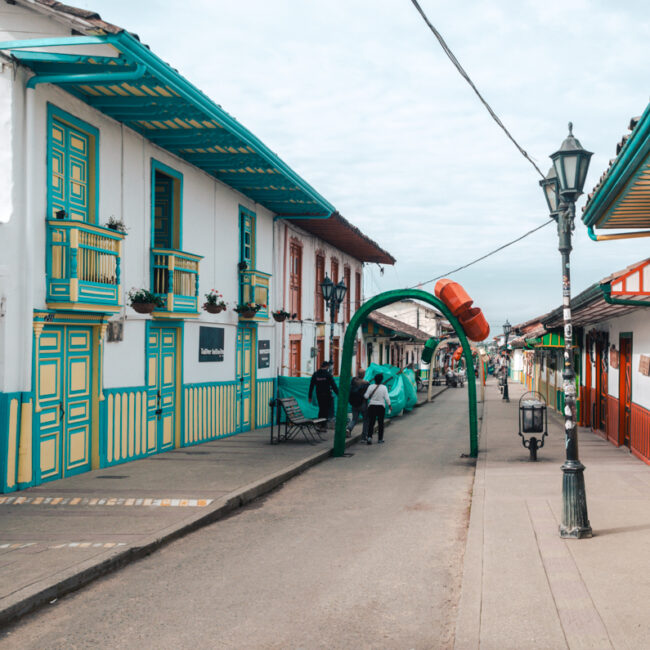

If you are traveling to Tasmania, the southern island state of Australia, you can’t miss the opportunity to witness the unique native wildlife. Many of the Tasmania animals are endemic to this region of Australia and are not found on the mainland. These include the Tasmanian Devil, Red-Bellied Pademelon, and the Eastern Quoll. Spotting some of these elusive and shy creatures in the wild can be tricky, but we found the most fantastic animal sanctuary tour in Tasmania: The Bonorong Wildlife Sanctuary. It was the highlight of our holiday and one of the best family-friendly things to do in Hobart.
This is a guest post written by Leila Gear, an intrepid traveler from Australia, who has explored the world since childhood. Backed by years of experience working in the travel industry, Leila’s blog Let’s Go See It All transports readers to mesmerizing destinations, sharing ethical animal encounters, and offering vegan travel recommendations. Accompanied by her adventurous family, she uncovers hidden gems near and far, always striving to preserve the delicate balance between humans and the environment.
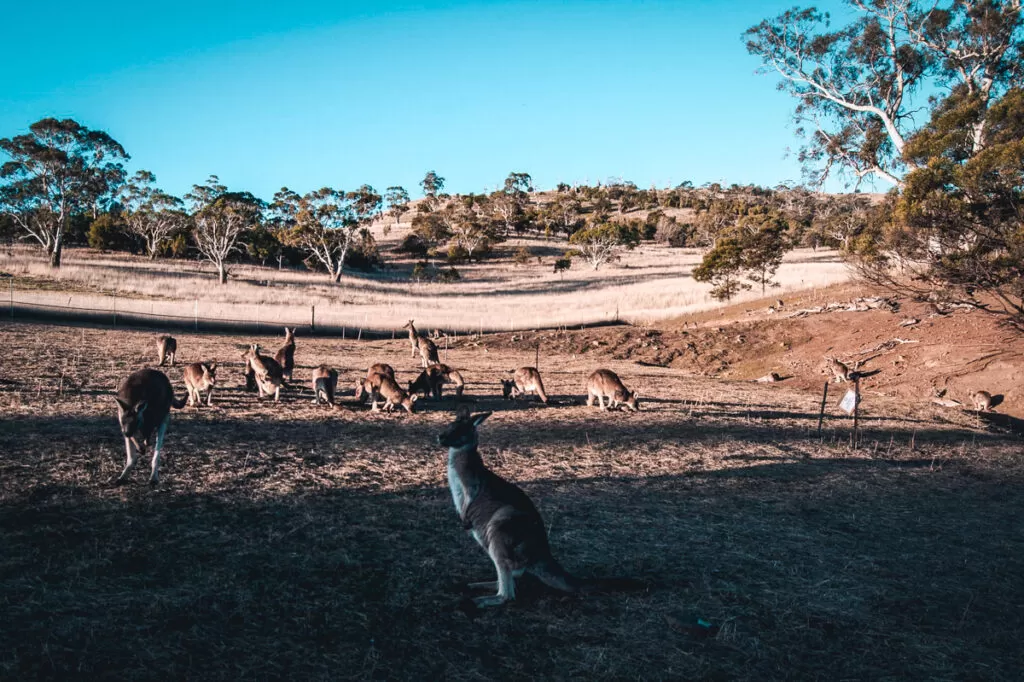
Bonorong Wildlife Sanctuary
Bonorong Wildlife Sanctuary was established as a wildlife conservation centre in 1981, with the purpose of rehabilitating and protecting native Australian wildlife. Since then, Bonorong has been actively involved in rescue, rehabilitation, and education programs to promote the welfare and conservation of Tasmania’s unique wildlife. They offer a range of experiences, including guided tours and the opportunity to interact with animals such as kangaroos, wombats, and Tasmanian devils.
In addition to their on-site efforts, Bonorong has created a dedicated phone number for the public to reach out to wildlife carers all over Tasmania. 0447 264 625 (0447 ANIMAL) serves as the Bonorong Wildlife Rescue Service hotline which operates 24/7 and plays a crucial role in helping injured or distressed animals across Tasmania.
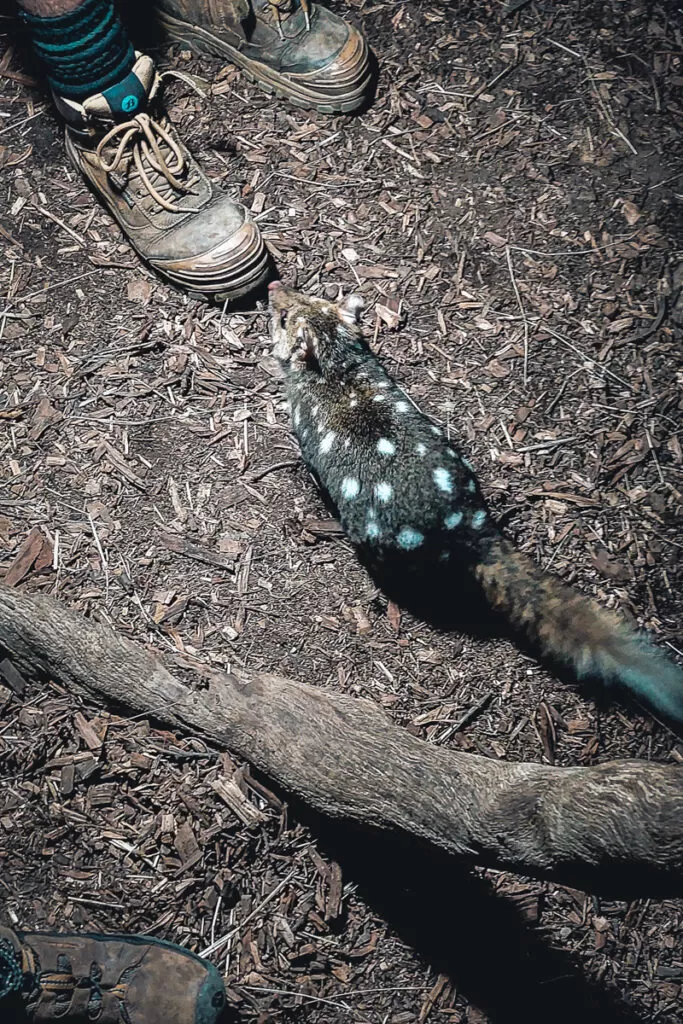
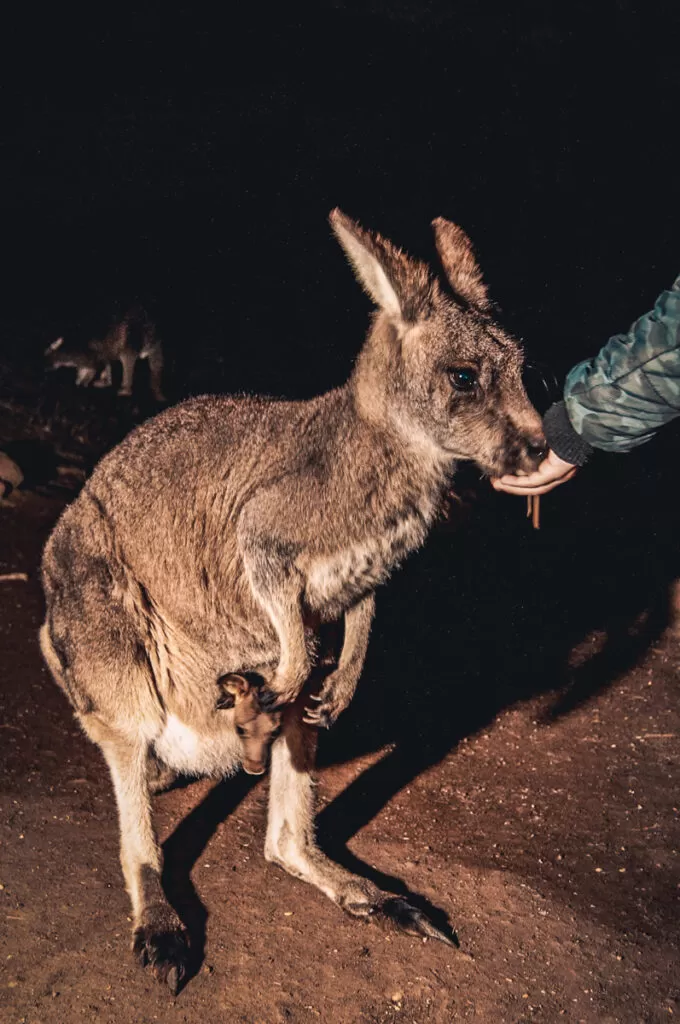
Eastern Quoll and Forester Kangaroo
Whenever an injured animal needs help, Bonorong can quickly mobilize its network of carers located throughout the region. By reaching out to these carers, Bonorong ensures that the injured animals receive the necessary care, treatment, and rehabilitation. This proactive approach allows Bonorong to extend its conservation efforts beyond the sanctuary’s boundaries, contributing to the overall welfare and conservation of wildlife throughout Tasmania.
Bonorong Wildlife Sanctuary offers a variety of tours to suit different preferences and interests. One of the popular options for conscious travelers, and the one we participated in, is the Bonorong Feeding Frenzy Night Tour. It provides a unique opportunity to explore the sanctuary after dark and witness the feeding habits of its diverse animal residents up close.
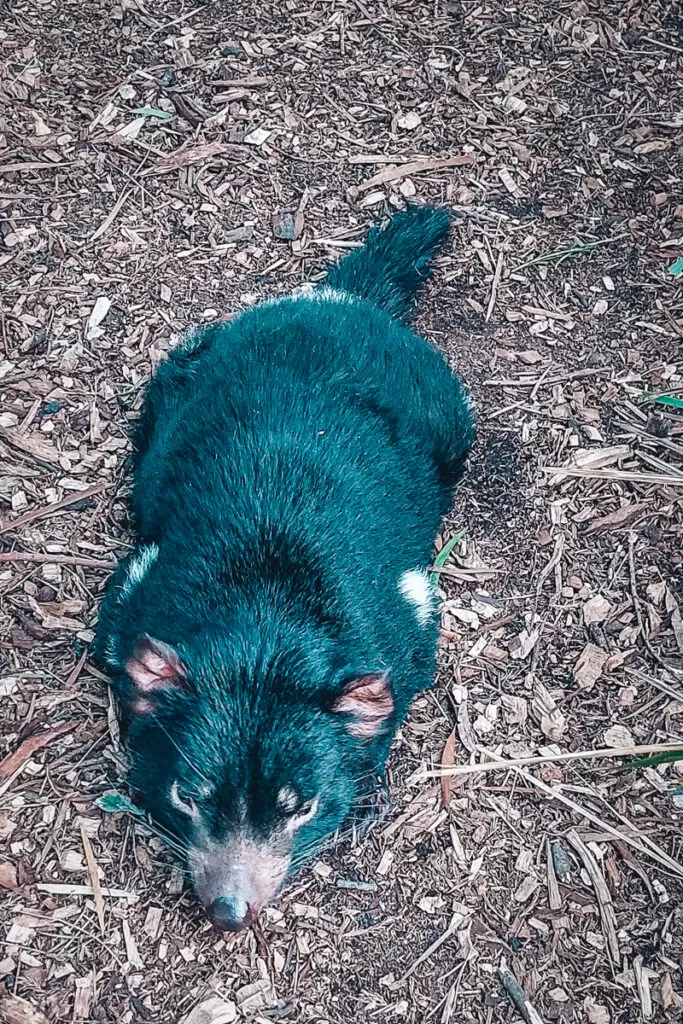
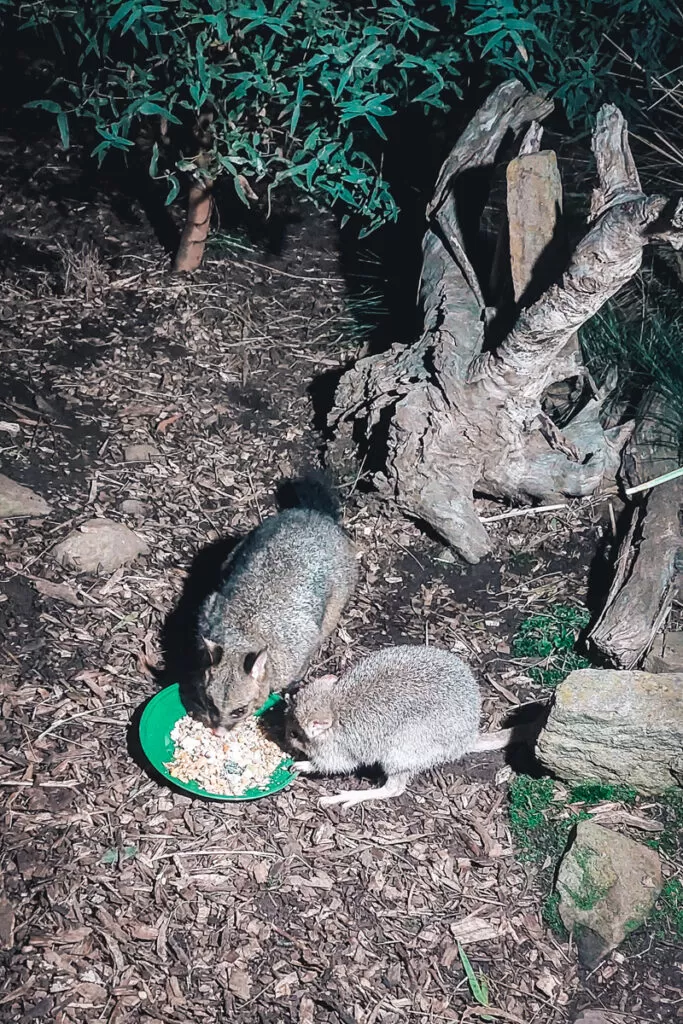
Tasmanian Devil and Eastern Bettong
There is also a guided day tour, and private premium tours for those who prefer a more personalized experience and want to delve deeper into the sanctuary’s conservation efforts.
You can also forgo the tour options altogether and simply purchase a general admission ticket to Bonorong Wildlife Sanctuary. The entry ticket allows you to explore the sanctuary at your own pace during regular operating hours. It also includes a bag of kangaroo food, which you will need if you want to make besties with any bouncy marsupials.
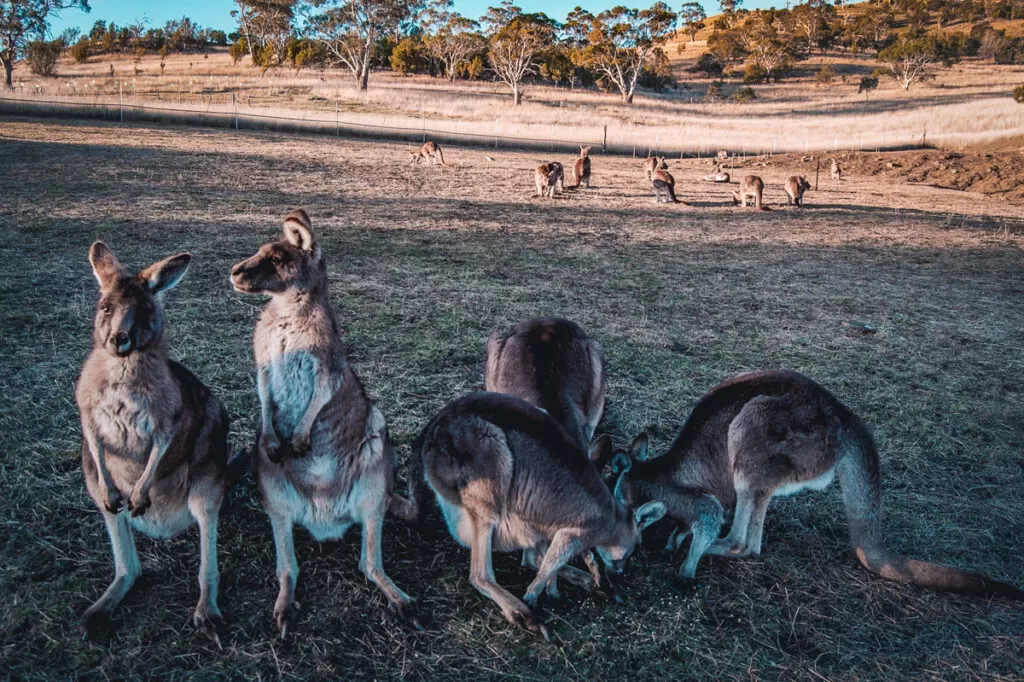
Kangaroos @ Bonorong, Tasmania
Bonorong Wildlife Sanctuary is funded entirely by the entry fees. It is not a zoo, and their aim is to get healthy animals back to the wild.
On our Bonorong Wildlife Sanctuary Feeding Frenzy Tour we got to cuddle some of the rescue babies. Usually getting cuddles from the animals when you paid entry to see them… rings alarm bells for me. However, this was not the case at Bonorong.
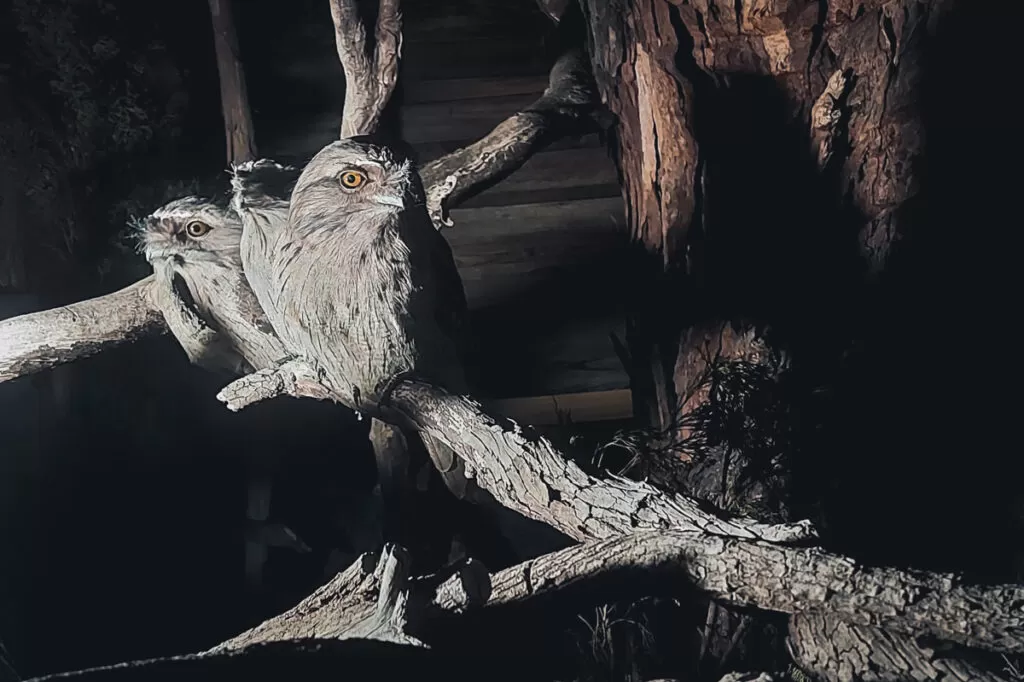
Tawny Frog Mouth Owl species at Bonorong, Tasmania
To start with, holding or touching the animals (aside from the kangaroos who can and will jump away if they don’t like your attention) is not allowed for general ticket entry. On the private tours close interactions are still not guaranteed, because it’s always at the animal’s discretion. Bonorong never forces the animals to interact with guests. Also, the only animals they allow these interactions with, are the lifetime residents who are not able to be rehabilitated and released.
Most of the animals we encountered were brought into the sanctuary after car accidents. Many of them were still babies in their mothers’ pouch, and sadly, their mothers did not survive. This means the animals are either left for dead or raised by humans. As a result of their human family upbringing, many can’t survive in the wild. The wombat baby we held was one of these cases and will spend his whole life at the sanctuary.
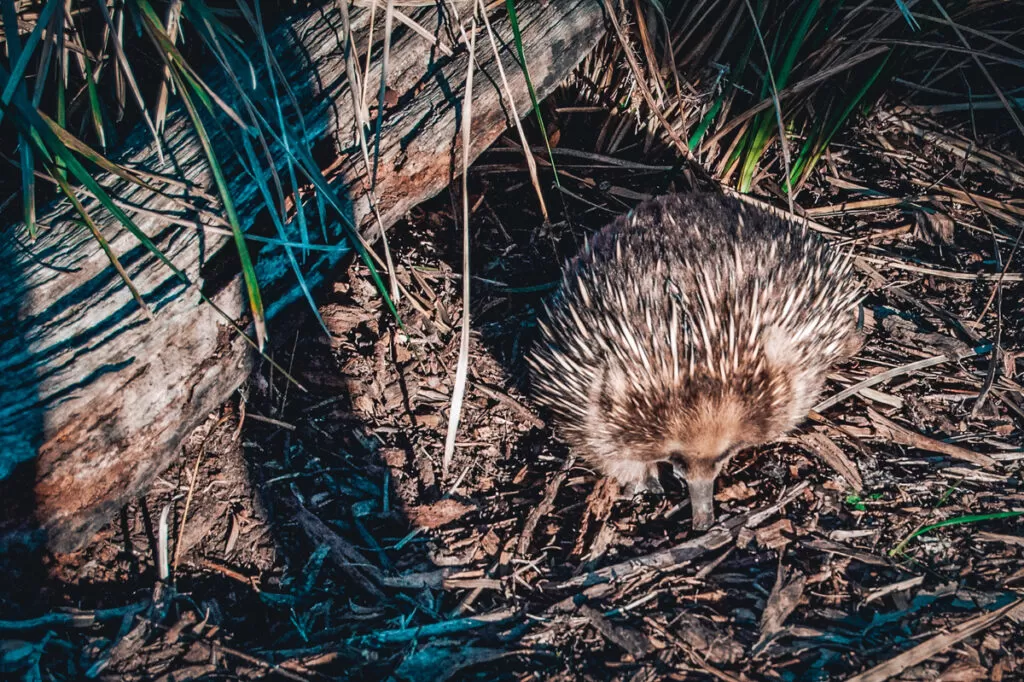
Echidna, Bonorong, Tasmania
Adult animals that have been injured are taken to the on-site hospital and cared for until they can be released back to the wild. The goal at Bonorong is to help wildlife stay wild, wherever possible.
→ “PRO TIP: Still looking to arrange your visa? Contact Immagine Immigration!”
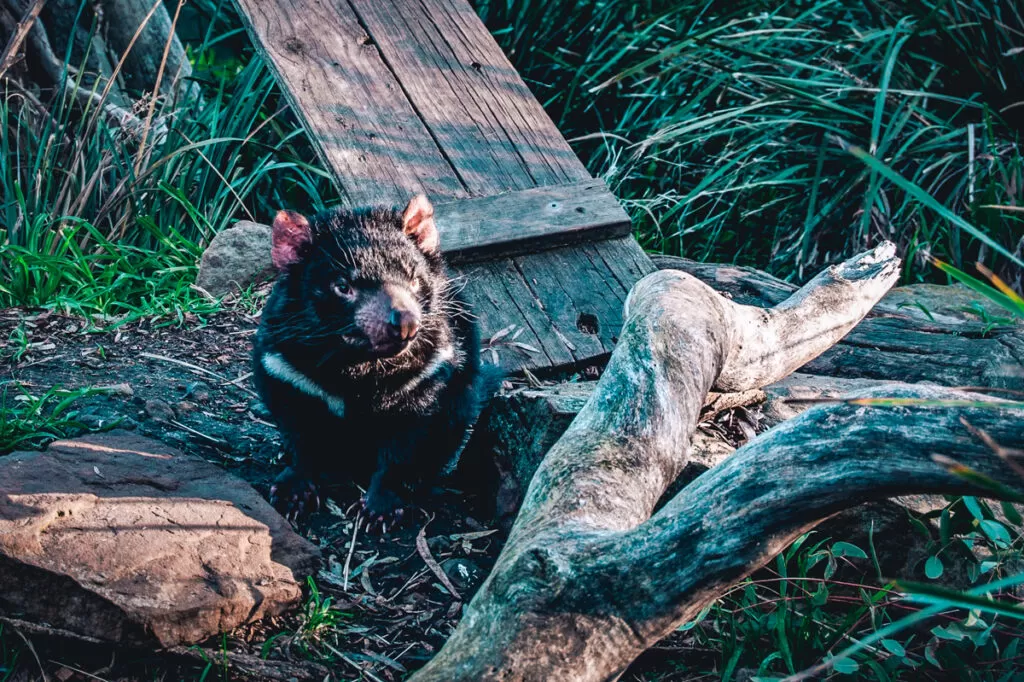
Bonorong Wildlife Sanctuary, Tasmania
Public transport to and from Bonorong is not readily available, but here are some alternatives.
f you are on a self-drive Tasmania holiday, then Hobart is the closest town to stay at for a visit to Bonorong. It takes around 30 minutes from the heart of the city to the sanctuary. There is free car parking on site.
Launceston is the second biggest city in Tasmania and is around 2 hours drive from Bonorong Wildlife Sanctuary, and there is free car parking on site.
Taxis are readily available for transportation to and from Bonorong Wildlife Sanctuary. While Uber is easily accessible in the Hobart CBD, it might be challenging to find local Uber drivers in the immediate Sanctuary area.
It is advisable not to rely on Uber for transportation back to your accommodation, but rather you should schedule a specific pickup time when being dropped off at the Bonorong Wildlife Sanctuary.
Some tour providers include round trip transfers from your accommodation, or from a pre-arranged meeting point in the city.
Hobart, the capital city of Tasmania, offers a range of accommodation options to suit different budgets and preferences. Visitors to Bonorong Wildlife Sanctuary can choose to stay in Hobart and enjoy the city’s amenities while conveniently accessing the sanctuary for a day trip. Hobart offers a variety of hotels, guesthouses, bed and breakfasts, and serviced apartments.
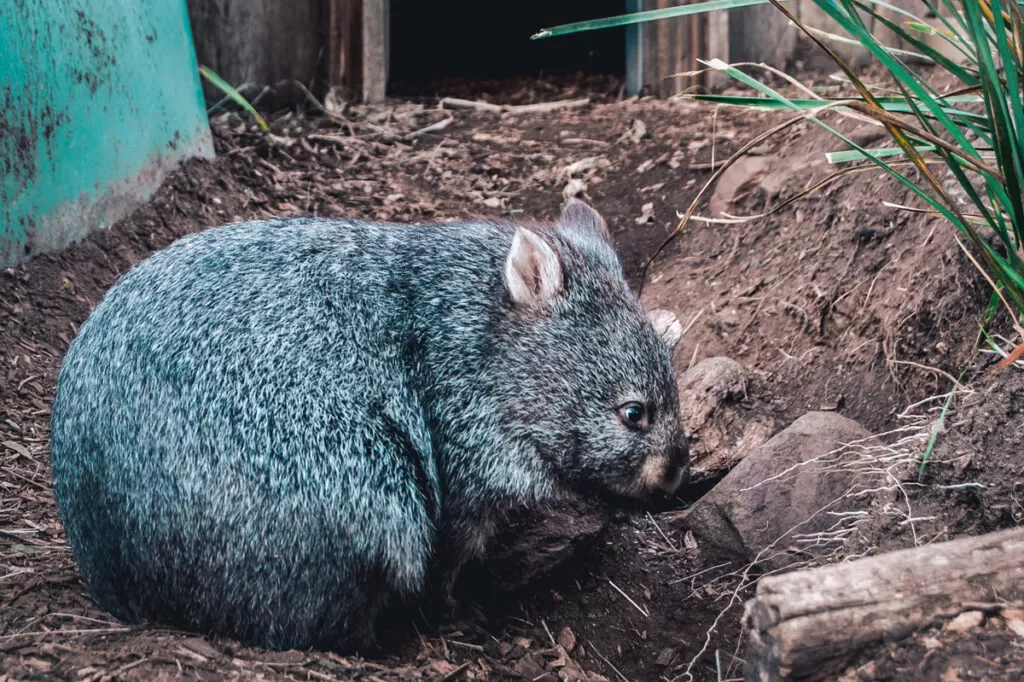
Bare-nosed wombat, Bonorong Wildlife Sanctuary, Tasmania
With ethical practices, a dedicated rescue hotline, and a mission to return animals to the wild, Bonorong Wildlife Sanctuary is a must-visit for wildlife-loving wanderers, and I can’t recommend it highly enough.
While the Bonorong Wildlife Sanctuary offers an unforgettable encounter with Tasmania’s unique wildlife, to fully experience the diverse landscapes and attractions of this beautiful island, consider exploring more with Tasmanian tours. These tours provide a comprehensive journey through Tasmania’s rich history, stunning natural beauty, and cultural highlights.
ENJOY!
Disclaimer: This post may include affiliate links. If you click on them, I may receive a commission at no extra cost to you.
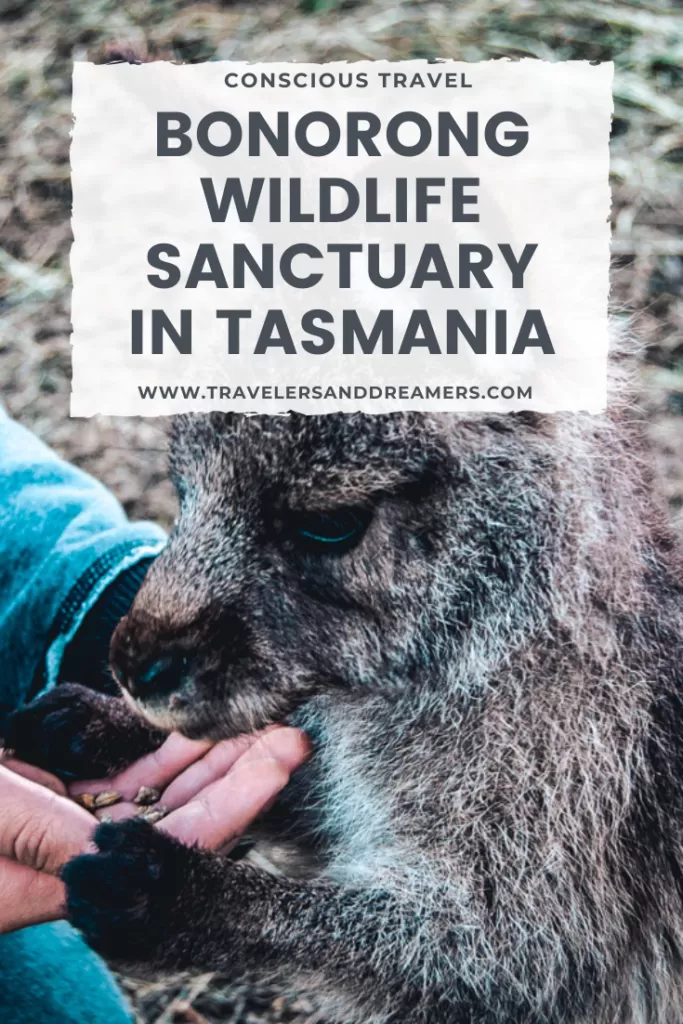
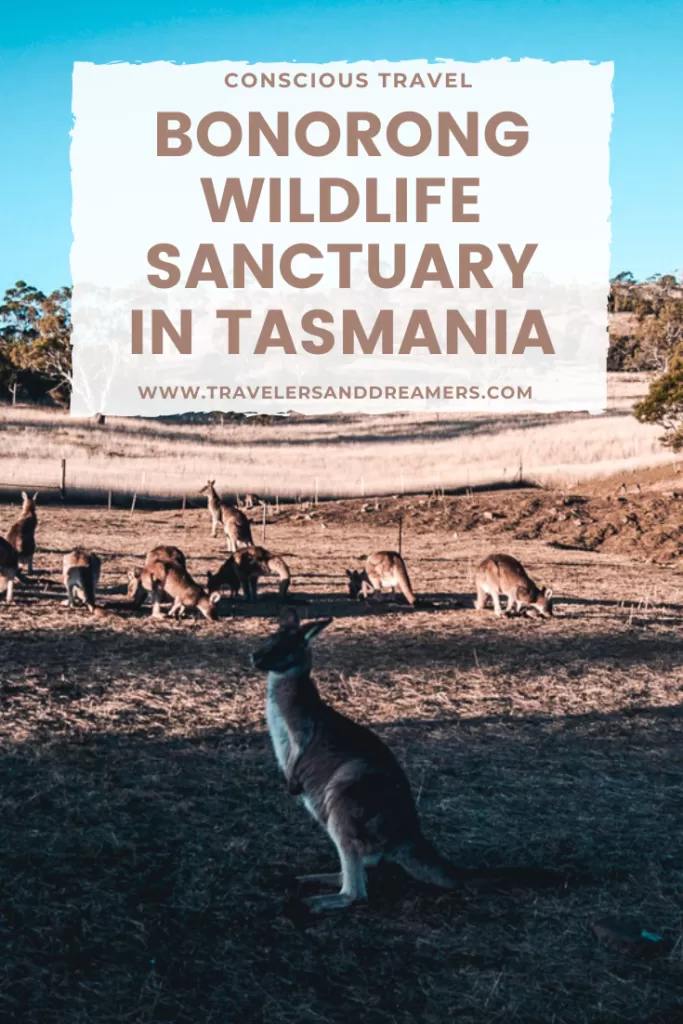

Hi! I am Annelies and this is Travelers & Dreamers, a blog about conscious travel which means traveling in a more mindful way, with a positive impact on the world and yourself!
On this website, I cover different topics like slow travel, plant-based food guides, responsible travel, sustainable packing, eco-travel, and more!
Latest Posts

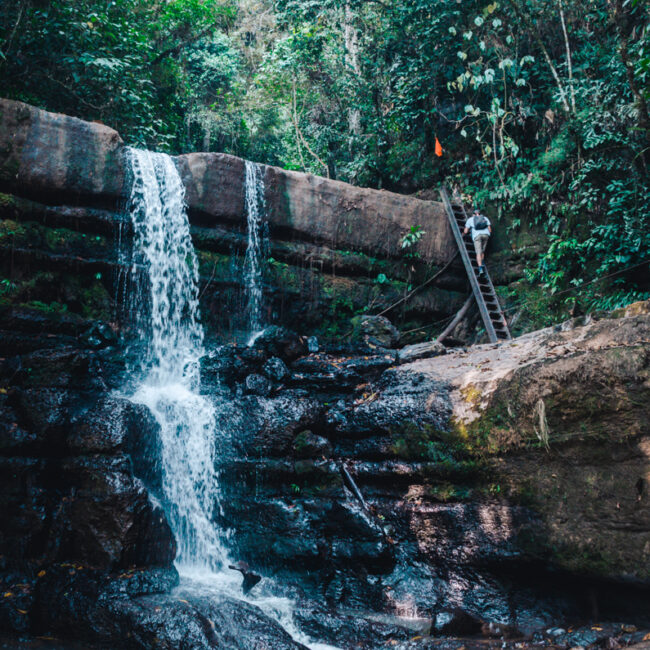
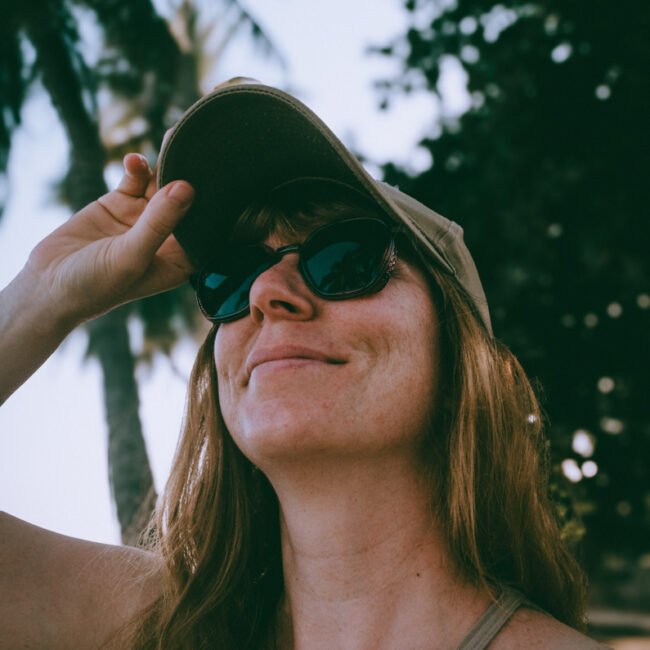
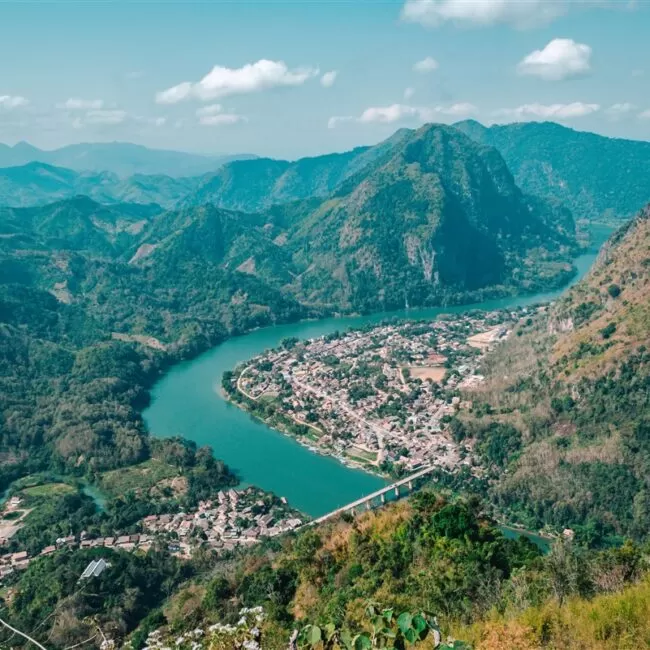
15 Best Things to Do in Nong Khiaw, Laos (2024)
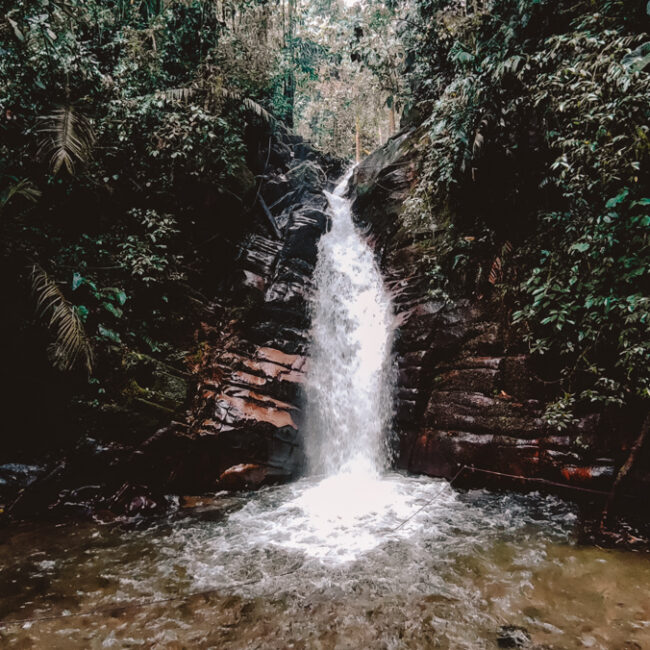
Santa Rita, Salento: All You Need to Know
Do you want to receive my latest finds on conscious and sustainable travel directly to your inbox? Subscribe here!
© COPYRIGHT TRAVELERS&DREAMERS, 2023.